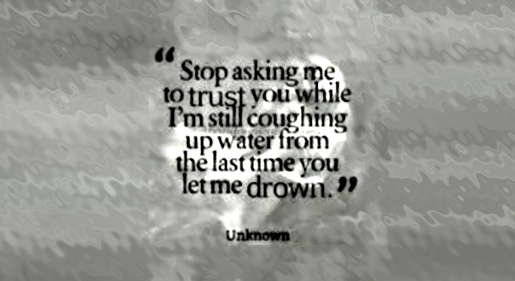Crossing The Line – Sexual Offending Behaviours
“Crossing the line” is part of the STOPSO’s training (Specialist treatment organisation for the prevention of Sexual Offending Behaviours. http://www.stopso.org.uk/ )
This is exploring with the client where bargains with self and denial are a part of when behaviours become illegal.
Therapy is confidential. However, before therapy begins the client and I sign a client agreement and signed consent, which specifically gives me permission to:
- Contact third parties.
- Verification that I require the client’s permission to write a confirmation of themes explored for a third party.
- And clarification that I will not be able to make any comments regarding risk issues to a third party.
From the beginning, I use a questionnaire format called SASAT (Sex addiction severity assessment tool) (Hall 2013). This is used throughout which helps develop formulations for therapy. Feedback from the SASAT helps me assess, review and support dialogues around a client’s history and level of, if any, addictive processes within what has become illegal.
I use Finkelhor’s Precondition Model (1994) as a way to explore cognitive distortions involved with emotional needs, towards overcoming internal barriers. This helps to bridge addictive processes which have become out of control and challenge illegal behaviours; to reflect on cognitive distortions when it comes to crossing the line – illegal and or sexual offending behaviours.
Therapy will explore the opportunity, attachment and trauma – the OAT Classification Model (Hall 2013). This helps identify and explore opportunities, previous traumas through childhood and adulthood and attachment ruptures with parents/careers. It also explores anything of a pre-pubescent age and anger and rage in relation to attachment theory (Hudson-Allez 2009).
It will also include the BERSC model (Hall 2013) to account for many areas of an individual’s life; social, cultural, relational, biological and emotional. This helps to continually explore contextual factors to identify, address and work through shame, guilt and denial. These two models are incorporated within the SASAT and form the basis of questions to help develop open-ended dialogues.
Each session I use CORE-10to assess an individual’s well-being and possible suicidal risk. A feedback questionnaire to assess the therapeutic relationship and an outcome measurement on thoughts about the impact of what has become out of control and the behaviours that have become illegal.

